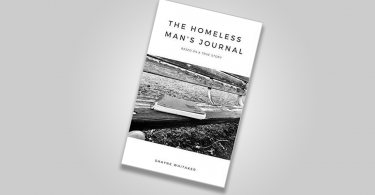Many people come across Great Expectations through studying it, whether that is in school or at university. Great Expectations is one of my favourite pieces of ‘classic literature’ as well as one of my favourite novels. It’s undeniable that Great Expectations is a classic piece of literature, alongside a great number of Charles Dickens’ other novels, such as Oliver Twist and David Copperfield. Nearly 150 years since his death, Dickens is still remembered and celebrated as one of the best novelists that existed.
Great Expectations was the penultimate book Dickens wrote before his death and was first published as a serial in All The Year Round, from December 1860-1861. It is a typical piece of Victorian literature covering concerns of society at the time, such as the British class system, criminality and identity. The novel is set in two locations, Kent and London, in the early to mid-19th century.
Dickens was known for his knack of creating memorable characters with both obnoxious and resonating qualities. The characterisation is the strongest element of Great Expectations and one of the reasons why it is still so popular today.
Pip, the main character of Great Expectations, is relatable to every reader at some level, most likely for his struggle with his identity. Pip dreams of becoming a gentleman and ridding himself of his working class origins. He doesn’t find an issue with his identity until he visits Miss Havisham at Satis House and lays eyes upon her adopted daughter, Estella.
It is after this meeting that Pip sets out to fulfil his expectations, after a secret benefactor grants his wish, but it is on this journey to become a gentleman that he realises this desire takes him backwards rather than forwards. He may have become a gentleman, but good fortune and gentility doesn’t bring him the happiness he hoped for. In the midst of living life as a gentleman, running up debts, Pip discovers his benefactor isn’t Miss Havisham, who he suspected, but the convict Magwitch. His expectations come crashing down and he realises his good-natured but coarse father figure of a brother-in-law, Joe Gargery, is more of a gentleman than any of the wealthy men he has met.
Another strong character in Great Expectations is the wealthy but lonely spinster Miss Havisham, who never takes off her wedding dress. She is one of my favourite characters of all time. Despite her cruel and controlling ways, using her adopted daughter Estella to seek revenge on all men, including the lovable Pip, you can’t help but hope for a happy ending for Miss Havisham.
I think the reason why Great Expectations works so well as a novel that can still be read today is its ability to fuse together the serious with the comic. It isn’t a heavy read, and also provides a moral at the end – gentlemanliness is not dependent on your class status but your inner worth. It’s a story that focuses on the importance of morality, family and good deeds rather than material desires. With some of the novel’s concerns still as relevant today as they were in the Victorian period, Great Expectations truly is a timeless piece of literature.
What’s your favourite classic novel? Let us know in the comments below!








